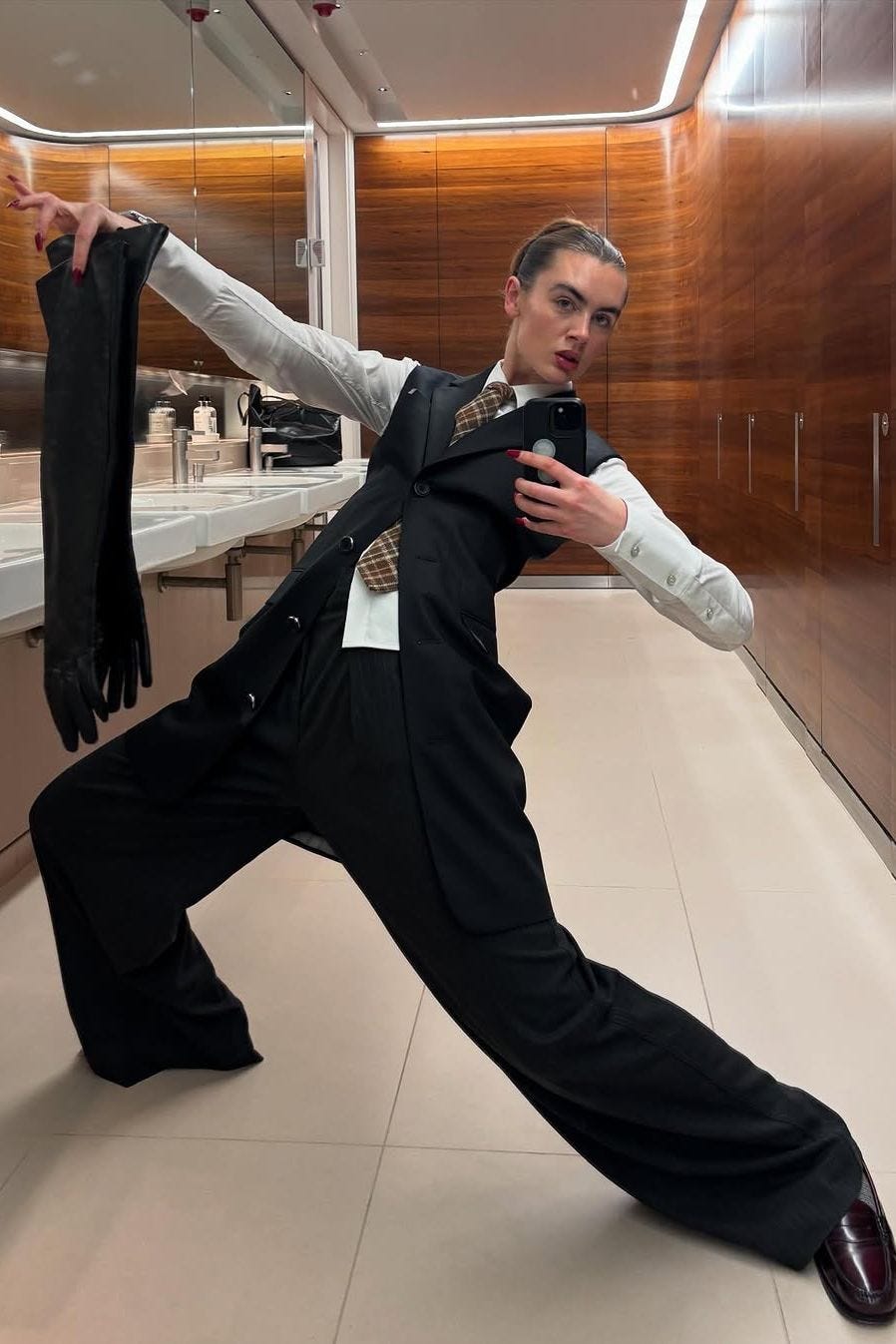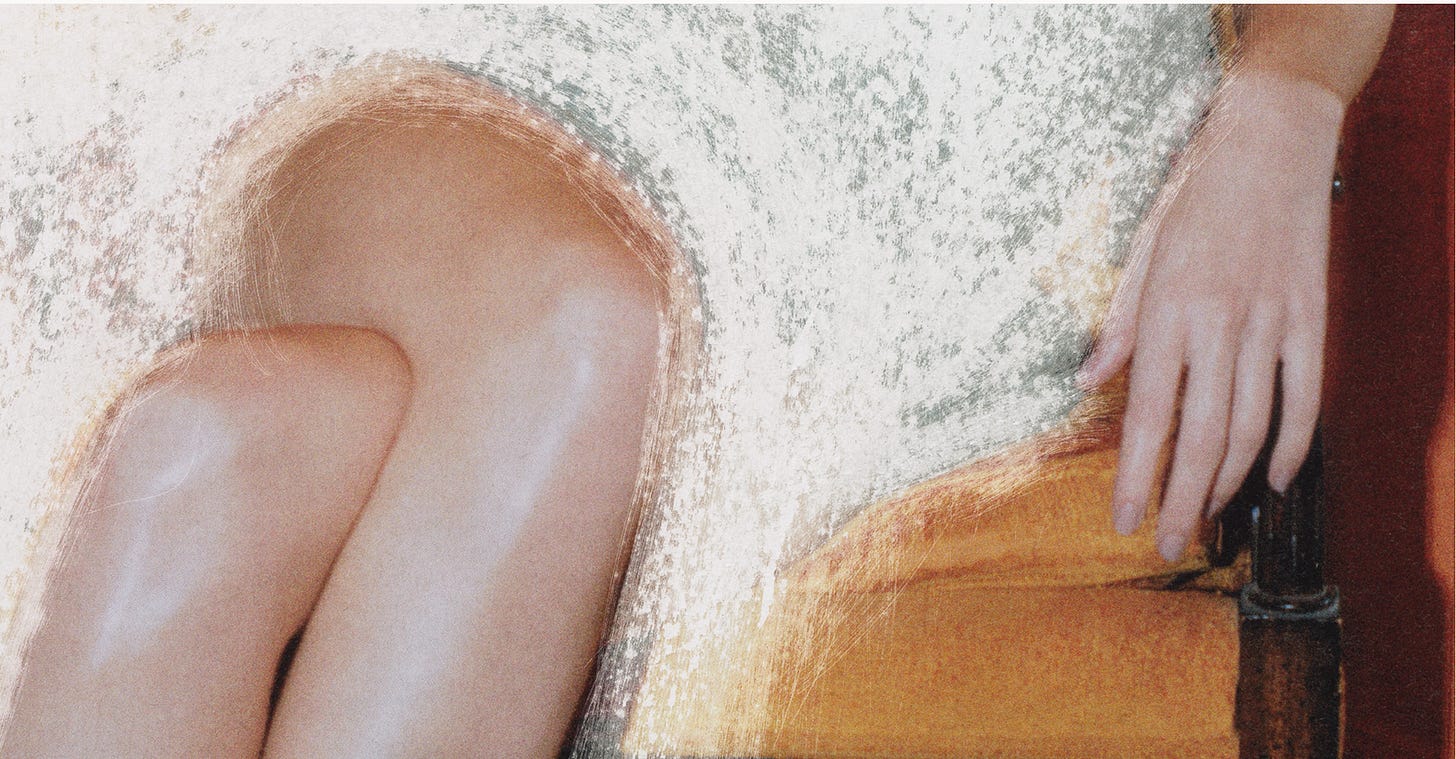Welcome to the Sociology of Business. In my last analysis, How to build a story map, I provided instruction in 12 slides. If you are on the Substack, join the chat. With one of the paid subscription options, join Paid Membership Chat, and with the free subscription, join The General Chat on The Sociology of Business WhatsApp group.
On April 24th, I will be doing a book signing for Hitmakers and also chatting with Will Cooper, founder of the best kept secret, William White, at Casa Magazines. If you want to come, RSVP here. This event came about organically, but also at the opportune time when I was thinking about taste, and gatekeepers, and niche magazines.
I met Will Cooper through an anonymous paper invite that landed in my mailbox. The invite was intriguing and considered enough for me to actually consider going to the event. Cooper, a former Chief Creative Officer of Ash Hotels, knows how to set a stage, tell a story, and draw you in with his exquisite taste. You probably also never heard of his brand.
Niche publications, staple of Casa Magazines, are the same. They are exquisite products, with a strong point of view and a considered world, made for collectors. They know their niche, and combine different areas of culture - fashion, art, design, food, literature, culture - with an eye on longevity. Just like used books in Tokyo’s Jimbocho neighborhood, niche magazines are collectibles.
They are also tutorials. Niche magazines teach you taste. L’Etiquette is a “guide to women’s and men’s clothing.” Their uniqueness make you a bit more unique, too.
But you gotta invest time. Attention. Skill. Walk the walk. The bigger the investment, the greater the joy in activity you want to master, and the deeper your taste. Specific techniques and rituals emerge. Community is formed. A vocabulary is created (“slop,” “bumps,” “chiner”) Those obsessed with their vinyl collections, vintage fur, or Elsie de Wolfe can speak for hours about it.
Niche, semi-private spaces like Quarters mix different cultures and taste experts as well. A concept store and a wine bar, Quarters is similar to William White, in that it doubles as a welcoming and curated gathering spot and events space. No less private and curated — but much less accessible — is People’s, once a birthplace of American Modernism and now an evening club and art salon.
What unites niche brands, magazines, and establishments is taste as an activity, constantly practiced, developed, and cultivated. Their taste is opinionated and always evolving, refined
Pay to read the rest, including active versus passive taste and what kind of culture they give us and also why the mix of taste and popularity turns creativity not into a goal but into an omnipresent backdrop. Good stuff!
Keep reading with a 7-day free trial
Subscribe to The Sociology of Business to keep reading this post and get 7 days of free access to the full post archives.








